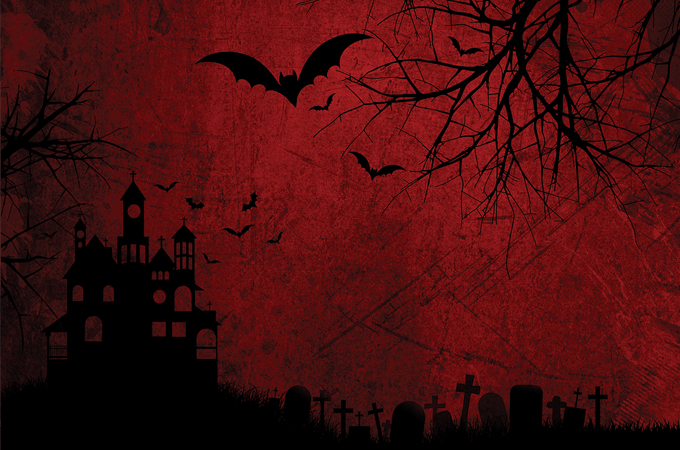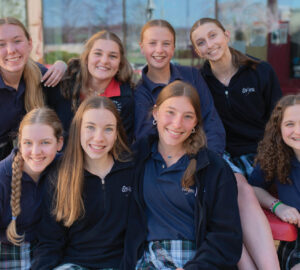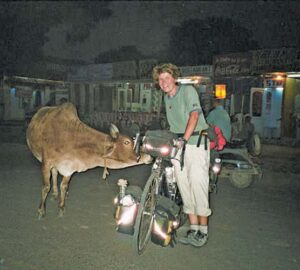Every fall, when the leaves are brilliant oranges, reds and yellows, we carve our pumpkins, watch old horror films, dress up as characters real and imagined, silly and spooky, and gorge ourselves on sweet treats. It’s one of our strangest annual traditions—so where did Halloween come from? T&S did some digging to unearth interesting tidbits about one of our favorite holidays.
[irish roots]
Most scholars think the earliest form of Halloween originated about 2,000 years ago with Samhain, a late October Gaelic festival celebrating the summer’s end and readying the community for the coming cold months.
[haunted holiday]
Although the original Samhain probably didn’t have anything to do with the dead or ancestor worship, supernatural beings eventually became associated with the celebration, and Halloween morphed into a time when spirits of the dead could return to their old haunts. Early Irish immigrants brought the holiday to the U.S.
[dia de los muertos]
In Mexico and other Latin American countries, Halloween comes in the form of DÍa de los Muertos, or Day of the Dead, when people honor their deceased loved ones. Also called All Souls’ Day, the three-day celebration begins on Oct. 31; many observers of the holiday build an altar in their homes to honor dead relatives and go to the cemetery to tidy family grave sites.
[candy, anyone?]
Trick-or-treating originated in the Middle Ages, when the poor in Britain would beg for ‘soul cakes,’ sweet baked goods, in exchange for offering prayers for deceased relatives. The trick-or-treating tradition in the U.S. originally revolved around pranks, and the tradition we celebrate today, where kids go from door to door in pursuit of candy, didn’t become widely practiced until the 1950s.
[global sweet tooth]
American kids aren’t the only ones filling pillow cases with sugary treats. The tradition has spread to Canada, Australia and Western Europe. Additional global traditions: In England, some children carry punkies, lanterns similar to jack-o-lanterns, and parade through their town. In parts of Ireland, kids light bonfires.
[pumpkin trivia]
A pumpkin is a fruit native to Central America and Mexico. The tradition of carving pumpkins has its roots in Ireland hundreds of years ago, when turnips and potatoes were used instead of the orange gourds. Every fall, when the leaves are brilliant oranges, reds and yellows, we carve our pumpkins, watch old horror films, dress up as characters real and imagined, silly and spooky, and gorge ourselves on sweet treats.
*Sources: history.com realsimple.com, livescience.com, Library of Congress








